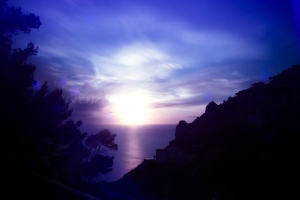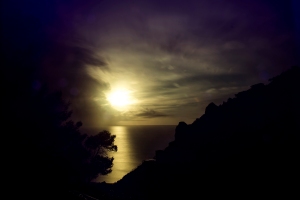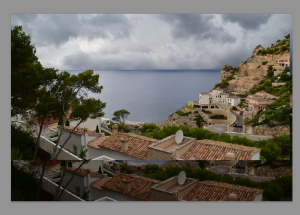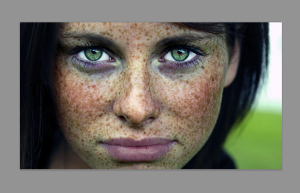I’ve previously mentioned wanting to do long exposure shots but as of yet I don’t own a neutral density filter. After researching online I found multiple articles that claim a sheet of welding glass can give the same results.
So, I purchased a sheet off eBay (shade 12, as dark as possible) for just £1 – this has got to be worth a try!!
The set up was a bit fiddly – it involved numerous rubber bands and I had to focus my shot before attaching the glass over my lens, as there was no way I could actually see through the glass once on.
The glass is tinted green – there’s no way around eliminating this from the image – so shooting in RAW is a must. It’s the only way to process the image to the correct colour.
I experimented with shutter speed times ranging from 3 minutes to 13 minutes.
Here’s 2 of my favourites, both with minimal editing – just white balance correction and some minor hue alterations.
They’re of the same view, but at different times before sunset, resulting in a noticeable difference in colour.
As I was shooting a sunset directly in front of me, the movement wasn’t too drastic, and it was a very still evening so the clouds were fairly motionless but it was a great experiment.
I’m really pleased with the outcome. Not bad for a quid….






















